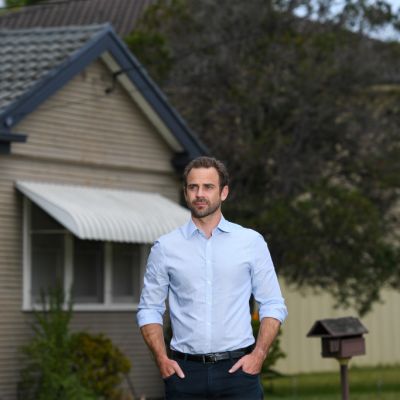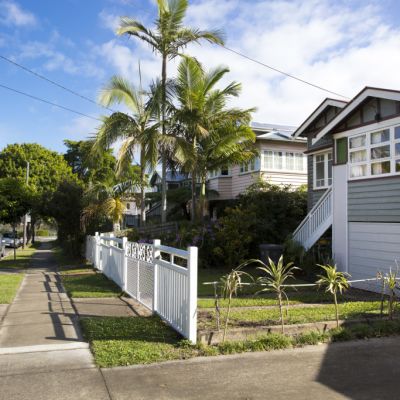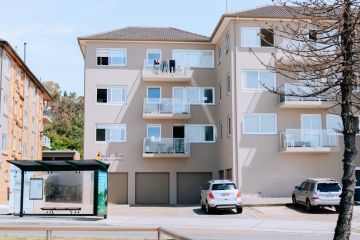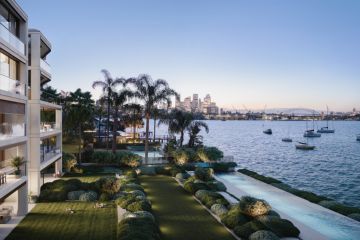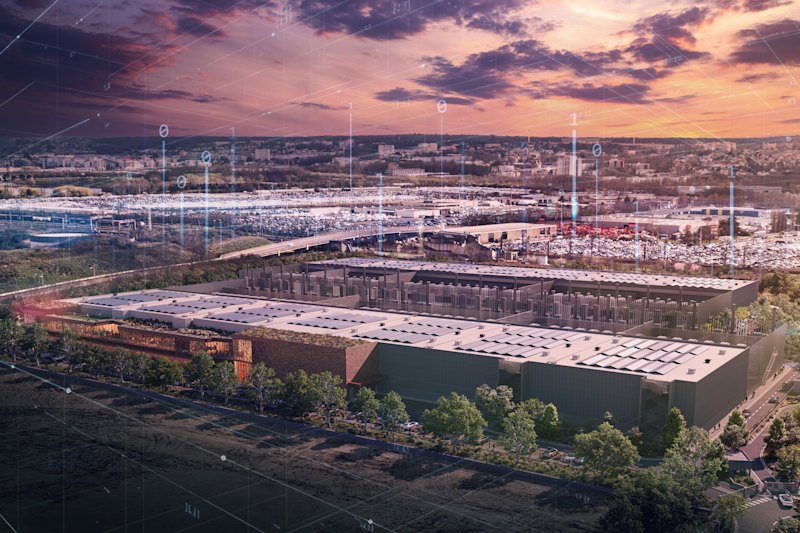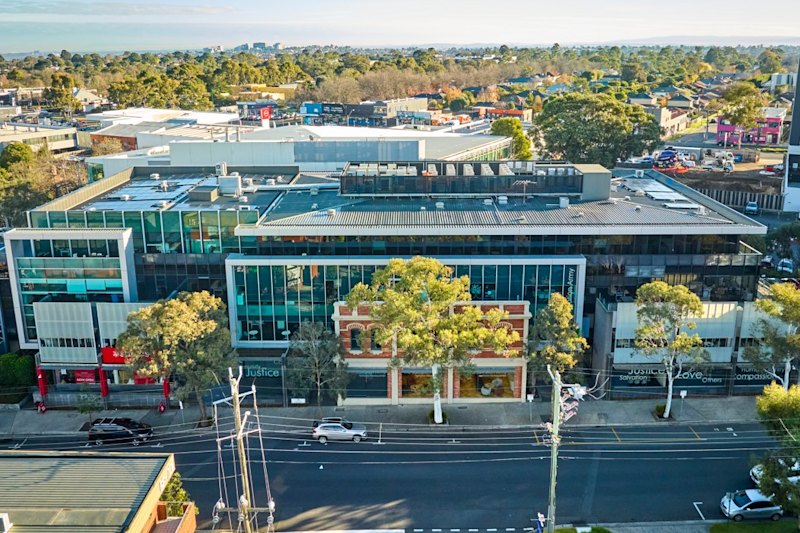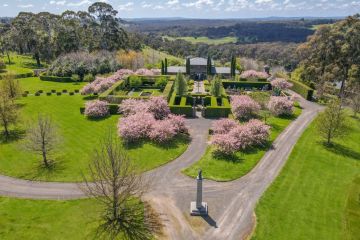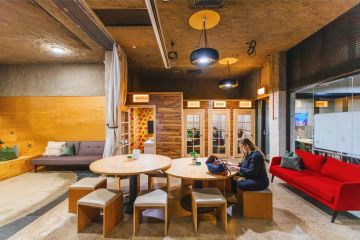Hopeful buyers need to save thousands of dollars to keep their 20 per cent deposit
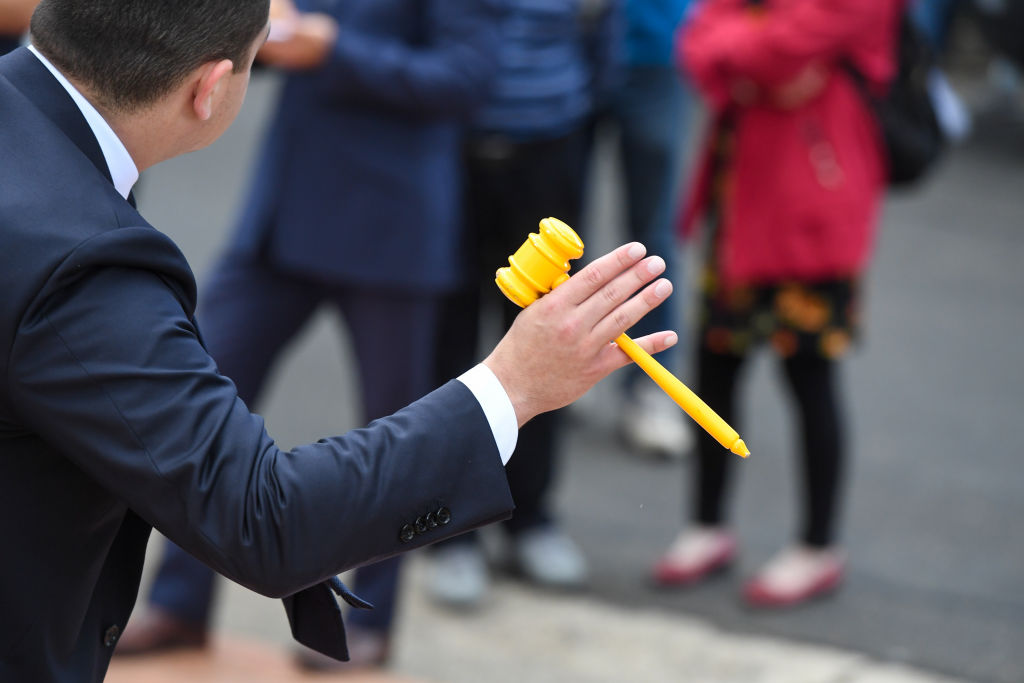
Potential home buyers who have been searching for a property since last year would need to have saved up to $1586 extra a week in deposit money to keep up with the pace of price rises, new analysis shows.
Ultra-low interest rates and an undersupplied market have fuelled fierce competition among buyers this year, sending prices soaring and with it the amount needed for a 20 per cent deposit to avoid lender’s mortgage insurance.
In Sydney, the median house price increased by more than $100,000 in the quarter ending March to $1,309,195, the latest Domain House Price Report shows.
Anyone in Sydney who had saved a 20 per cent deposit on the median house price in December but did not manage to buy a home needs to have saved an extra $20,614 since then to keep their deposit at 20 per cent of the current median house price.
That would mean adding a staggering $1586 each week to their deposit savings.
In Melbourne, the median house price increased 4.8 per cent to $974,397.
This means buyers had to save a further $8989 in three months to maintain their deposit savings at 20 per cent of the median price – that’s $691 a week.
Prices have reached record highs in six capital cities, leaving many hopeful home owners and upsizers, who once had healthy deposits, resorting to desperate tactics just to keep up: leaning into the Bank of Mum and Dad, lowering expectations, incurring lender’s mortgage insurance. Some have given up altogether on the search for property.
| Capital City | Median house price, Mar-21 | QoQ increase | 20% deposit (based on median) | Quarterly deposit change |
| Sydney | $1,309,195 | 8.50% | $261,839 | $20,613.6 |
| Melbourne | $974,397 | 4.80% | $194,879.40 | $8,988.8 |
| Brisbane | $632,999 | 1.70% | $126,599.80 | $2,068.4 |
| Adelaide | $599,706 | 3.70% | $119,941.20 | $4,251.4 |
| Canberra | $927,577 | 9.70% | $185,515.40 | $16,354.6 |
| Perth | $578,612 | 2.40% | $115,722.40 | $2,751.6 |
| Hobart | $601,567 | 7.60% | $120,313.40 | $8,472.8 |
| Darwin | $554,295 | 9.10% | $110,859 | $9,238.2 |
| National | $899,509 | 5.70% | $179,901.80 | $9,706.0 |
The savings required to keep up with the pace of the property market was more than the average person could afford, according to Commonwealth Bank, head of Australian economics Gareth Aird.
“The reality is nobody has saved that additional money over the quarter,” Mr Aird said. “The reality is that you’re getting a less desirable dwelling than what you would have three months ago.”
Others would take on the cost of lender’s mortgage insurance to get into a property market that’s “red hot” because of the fear of missing out, Mr Aird said, which drove prices higher and became a self-perpetuating cycle.
It was “extremely difficult” for many people in Sydney who were hoping to buy, whether they were first-home buyers or upsizers, according to Scott Partridge, broker and principal at Mortgage Choice Hills District.
“You’re significantly chasing your tail on something like that. I am seeing more people lean on the Bank of Mum and Dad,” he said. “There are people who are just deciding they’re out of it at the moment or, in fact, have had to condition their expectations in terms of the property they’re purchasing.”
Canberra’s median house prices recorded the second-highest jump in the March quarter, rising 9.7 per cent to $927,577.
This would mean Canberrans, who were in the market at the start of the year, would now need an extra $16,355 – that equates to saving $1258 a week.
It was catching out first-home buyers in ACT’s capital, according to Mark Reber, a broker at Mortgage Choice Canberra.
“I’m finding a lot of first-home buyers are having to pay lender’s mortgage insurance,” Mr Reber said, adding that some were not able to keep up the pace of savings, while upsizers were in a better position as they had built equity in the home since the latest upswing.
| Capital City | Median unit price, Mar-21 | QoQ increase | 20% deposit (based on median) | Quarterly deposit change |
| Sydney | $751,038 | 2.20% | $150,207.60 | $3,267.60 |
| Melbourne | $568,793 | 2.20% | $113,758.60 | $2,413.60 |
| Brisbane | $398,612 | -0.50% | $79,722.40 | -$388.80 |
| Adelaide | $344,062 | 1.10% | $68,812.40 | $756.20 |
| Canberra | $473,304 | -5.00% | $94,660.80 | -$4,933.80 |
| Perth | $371,445 | 3.90% | $74,289.00 | $2,821.20 |
| Hobart | $430,716 | -0.80% | $86,143.20 | -$667.60 |
| Darwin | $293,731 | -1.80% | $58,746.20 | -$1,049.00 |
| National | $584,340 | 1.80% | $116,868.00 | $2,017.40 |
House price growth had outstripped wages since 2013, according to Alison Pennington, a senior economist at The Australia Institute’s Centre for Future Work, making it tough to save up for a home.
It was even tougher for young people, with the youth labour market declining since the GFC, Ms Pennington said.
“Youth unemployment is now almost 12 per cent – more than double the average,” Ms Pennington said. “Without access to sufficient paid work, how are young people supposed to save for ever-rising housing deposits?”
She said the egalitarian Australian dream of owning your own house was a pipe dream for lower-income and young individuals.
“Australia is undergoing a historic shift in its housing system,” she said, adding that young people are often buying homes thanks to the Bank of Mum and Dad.
“It strikes at the heart of egalitarian traditions linking employment to owner-occupation. Employment earnings are increasingly insufficient for gaining access to owner-occupied housing.”
We recommend
We thought you might like
States
Capital Cities
Capital Cities - Rentals
Popular Areas
Allhomes
More
